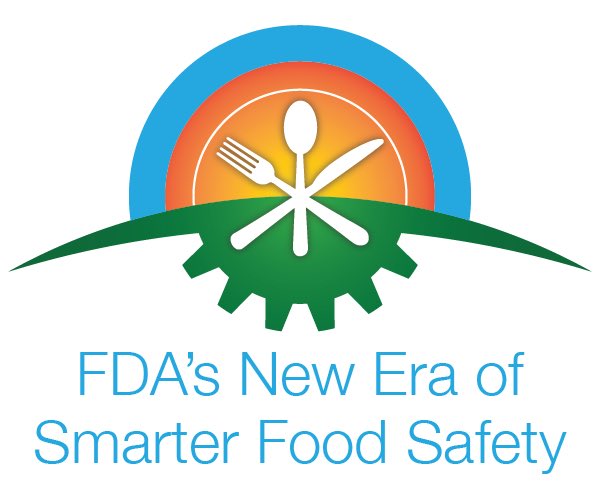Year in review and Holiday Season wishes
This year was unlike any other… as 2020 comes to an end, most of us and the food industry may be able to breathe a sigh of relief as many endured one of the most challenging years in decades. The year saw massive disruption in the food supply chain.

The effect of the pandemic on the food industry
During the pandemic, most of the food sector and its workforce have been designated as essential. The demand for foods has grown dramatically in retail stores while the use of food products destined for foodservice such as hotels, universities, and restaurants—declined sharply. The coronavirus pandemic caused broken supply chains, lack of inventory, and financial losses for some industry sectors.
Beef, pork, and poultry processing plants across the US became dangerous hot spots for the coronavirus. Many plants were forced to stop operations temporarily due to very high numbers of infected personnel in some fatalities. The pandemic has challenged meatpackers and the workers who have kept the country’s meat and poultry processing lines moving.
Supply-chain disruptions closing meat processing plants, combined with increased demand, led to panic and left retailers scrambling to keep their meat cases supplied as consumers hoarded meat. The problem was not confined to the US. Meat plants worldwide (e.g., Canada, Spain, Germany, the UK, Brazil, Australia, and Ireland) experienced the same problem.
The meat industry needed to adjust to new regulations to make their facilities safer. Most facilities provided surgical masks, which all workers must wear, added fever screening to all employees before entering a facility, added barriers between workers, and hired dedicated staff for additional cleanings. One of the long term results of the pandemic’s problems could increase reliance on automation in the future. They are an excellent fit for repetitive tasks that can be automated.
With most of the country under lockdown due to the pandemic, few could have predicted how important food delivery systems will become. It yet to be seen if this trend will continue after the pandemic is over.
FDA New Era of Smarter Food Safety

The FDA had announced the coming of a new era of food safety with smarter tools, using new technologies to create a digital traceable food safety system. In the FDA document, a variety of new technologies are mentioned, including blockchain, novel sensor technology, the Internet of Things (IoT), machine learning (ML), and artificial intelligence (AI). These technologies are likely to be more widespread in the food industry soon. It is yet to be seen if all the promises from AI, ML, and Blockchain can be fulfilled.
Impact of automation
Concerns about the pandemic and the necessity of maintaining the food supply have pushed many in the food industry to increase their automation and artificial intelligence investments. Examples of tasks that machines perform today include cow milking, picking vegetables and fruits, using IoT for refrigerators, and storage. A significant advantage of AI applications in the food industry is that it may result in fewer human errors, and the automated process could result in a higher quality of the product.
The cost of robots, their maintenance, programming, and operations have gone down dramatically.
It is predicted that a compound annual growth rate of 28-50% will occur in the next five years in investments in automation. Automation would likely lead to a safer, more efficient, and more robust food supply system due to potential future pandemics and related disasters. However, it is essential to recognize that these changes could still bring disruption to workers in the industry.
While progress in the last few years has been significant, we are only at the beginning of delivering solutions with AI, but an AI system for the food industry is not yet an “off the shelf” product.
The coronavirus pandemic revealed that the food supply chain is most vulnerable to human-spread pandemics, and it makes sense to explore options to reduce the amount of required labor.
Wishes for the coming year

For 2021, we are convinced that it will be a better and healthier year for the world. We wish you and your families’ health and happiness, strength, and hope that we can meet each other again in real life.
As the end of the year is approaching, it is an opportunity to extend our heartfelt greetings for the season and the New Year. It has been a challenging year for all, but with dedication, resilience, and motivation, the food industry will continue to achieve great things in the future.
